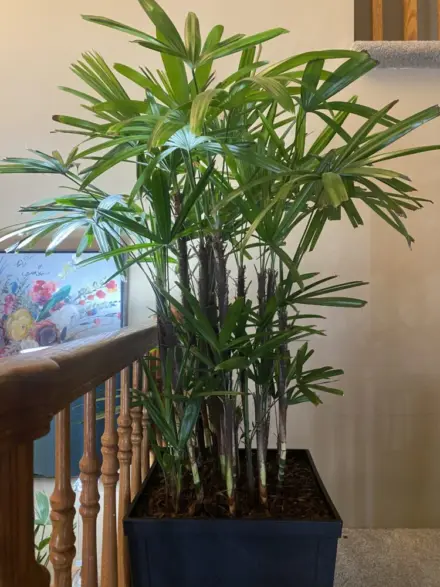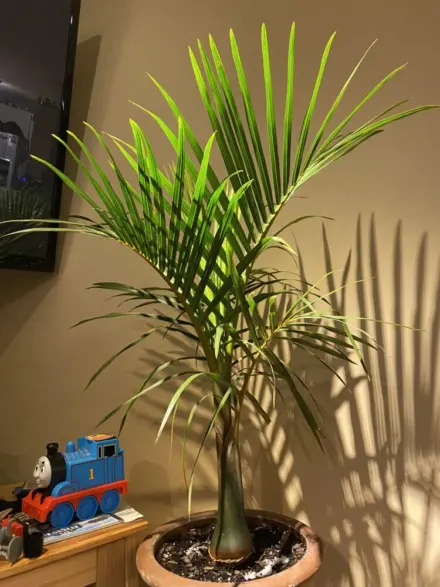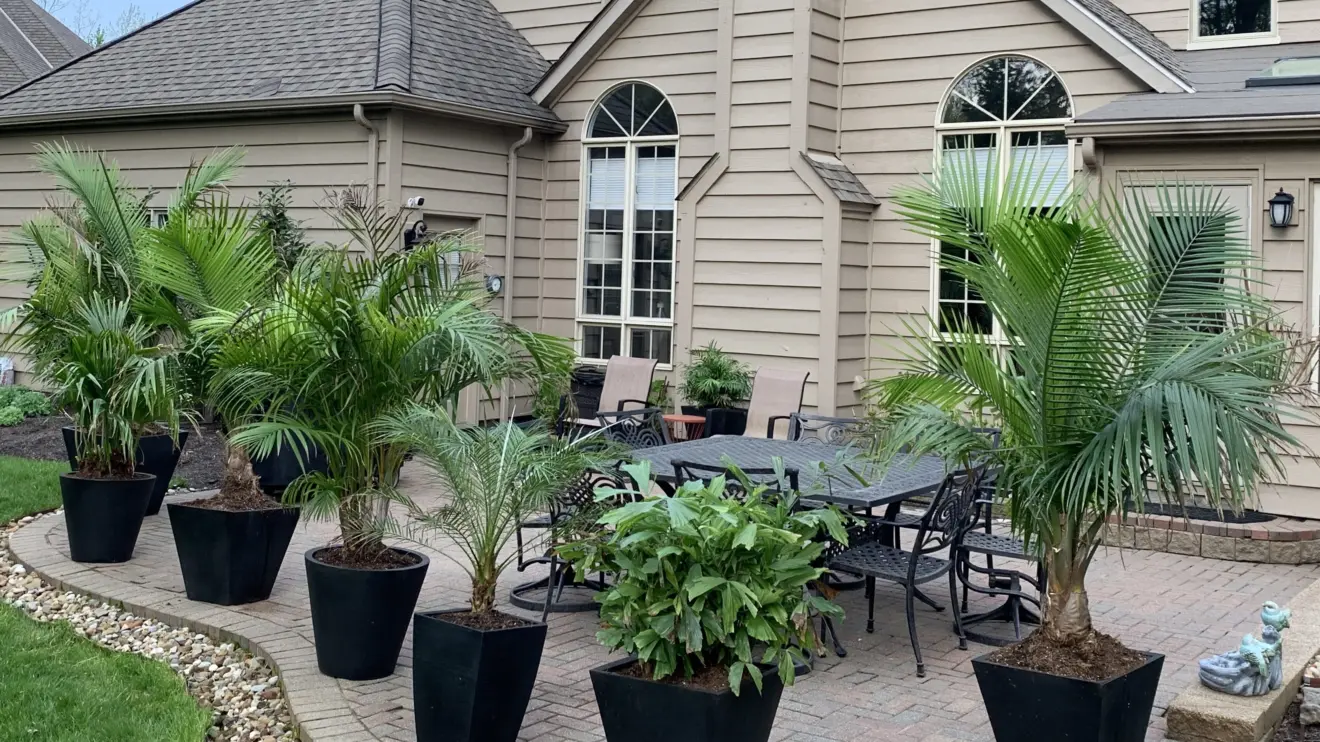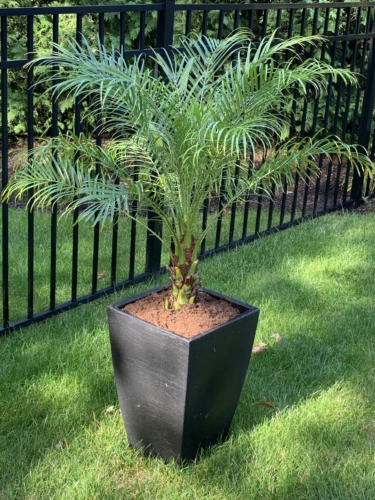Bringing Indoor Palms Outside: A Step-by-Step Guide
As the temperatures rise and the days grow longer, many indoor palm owners consider giving their plants a seasonal retreat outdoors. While this can be beneficial for your palm’s health and growth, improper transitioning can cause stress or damage. Follow these best practices to ensure a smooth move for your indoor palms.



1. Choose the Right Time
Timing is critical when moving palms outdoors. Wait until nighttime temperatures consistently stay above 50°F (10°C) to prevent cold shock. For many regions, this occurs in late spring. Moving your palm too early can expose it to chilly nights that may stunt growth or cause leaf damage.
2. Gradual Acclimation to Sunlight
Indoor palms are accustomed to lower light levels, so placing them in direct sun too soon can cause sunburn. To prevent this, avoid placing your palm in full sun immediately; instead, start with dappled sunlight or a shaded patio. If leaves begin to turn yellow or develop brown, scorched spots, move the palm back into the shade and restart the acclimation process more gradually. Begin by setting your palm in a shaded, protected area for a few hours daily. Gradually increase its exposure to sunlight over 7–10 days, allowing the plant to adjust without experiencing stress.
3. Monitor Temperature and Weather Conditions
Outdoor weather is unpredictable, and sudden temperature drops, strong winds, or heavy rains can harm your palm. Keep an eye on the forecast and, if necessary, bring the plant back inside during extreme weather conditions. If winds are strong, place the palm in a sheltered area to prevent frond damage.

4. Adjust Watering and Humidity Needs
Outdoor conditions often lead to increased evaporation, meaning your palm may need more frequent watering. Check the soil moisture regularly and water thoroughly when the top inch of soil feels dry. However, avoid overwatering, as this can lead to root rot, especially if your palm is in a pot without proper drainage.
5. Best Time to Prune
Pruning your palm after moving it outdoors can help promote new growth and improve its appearance. The best time to prune is after the plant has acclimated to outdoor conditions, usually 2–3 weeks after the transition. Remove only dead, yellowing, or damaged fronds, as over-pruning can stress the plant and slow its growth.
6. Protect Against Pests
Outdoor exposure increases the likelihood of pest infestations. Inspect your palm regularly for signs of common pests like spider mites, aphids, or mealybugs. If you notice any issues, treat the plant with insecticidal soap or neem oil. Before bringing your palm indoors, inspect and clean the leaves to remove any pests or debris.
7. When to Fertilize
Fertilizing at the right time ensures your palm receives essential nutrients for vigorous outdoor growth. Apply a balanced, slow-release palm fertilizer about 2–4 weeks after moving your plant outside. Avoid fertilizing immediately upon transition, as the plant may still be adjusting to its new environment. Water thoroughly after fertilizing to prevent salt buildup in the soil.
In Closing...
By following these steps, your indoor palm can safely enjoy an outdoor retreat while remaining healthy and vibrant. However, keep in mind that adjustments may be necessary based on your local climate zone. Warmer climates may allow for a faster acclimation process, while cooler or more humid regions might require extra caution to avoid stress and disease.
Additionally, the age and health of your palm should be considered when transitioning outdoors. Younger palms or those recovering from previous stress may need an even slower introduction to outdoor conditions, while mature and healthy palms may handle the transition more easily.
No matter your specific conditions, careful observation is key. Watch your palm for any signs of distress, and adjust its care routine as needed. A little patience and attention will go a long way in ensuring a smooth transition.
If you've found these tips helpful, why not share your experience with other palm enthusiasts? Whether you're a seasoned grower or trying this process for the first time, your insights could help others successfully transition their palms outdoors!
